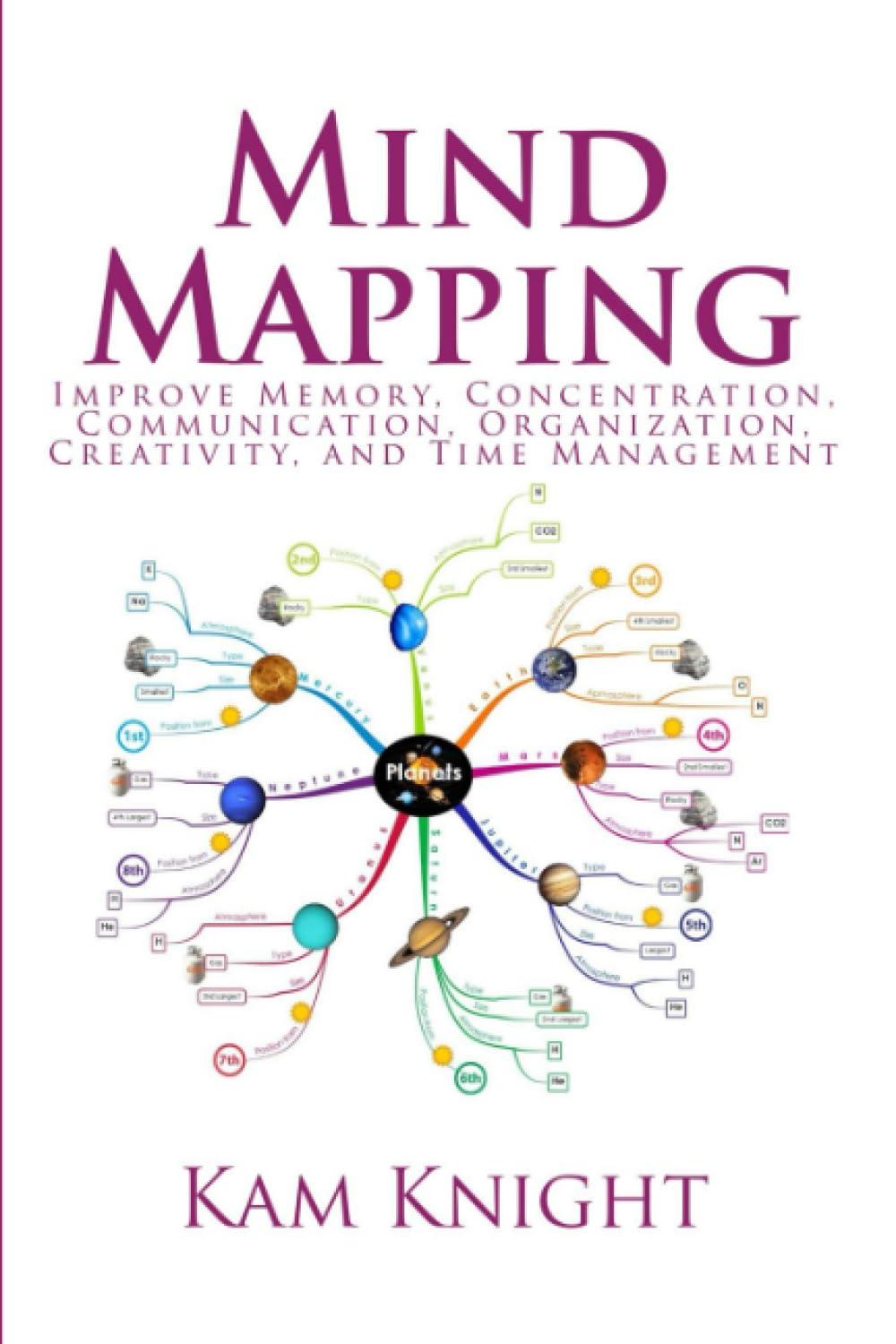2. (50 points) Appsam manufactures two types of smartphones, model X and model Y. Model X is a 6 inch spartphone and model Y is a 5 inch smartphone. Model X has a 28 megapixel camera and model Y has a 18 megapixel camera. For the next week, the company has orders of 100 units of model X and 150 units of model Y. Appsam purchases all the components of smartphone except camera. Depending on demand. Appsam occasionaly purchases camera for one or both the cameras, Time required to manufacture lens of model X is 6 minutes and time required to manufacture lens of model Y is 8 minutes and the total time available to manufacture lens is 1080 minutes. Different components of camera needs to be assembled for the camera that are manufactured. Each camera for model X requires 4 minutes of assembly time and each camera for model Y requires 3 minutes of assembly time. Total assembly time for the camera available is 600 minutes. The manufacturing cost is $10 for each smartphone of model X and $6 for each smartphone of model Y. The purchse cost is \$14 for each smartphone of model X and $9 for each smartphone of model Y. Management wants to determine the number of smart phones of model X and Y that needs to be manufactured in order to minimize the cost. - XM:= number of camera of model X manufactured - YM:= number of camera of model Y manufact ured - XP:= number of camera of model X purchased YP:= number of camera of model Y purdrased The linear programming model that needs to be solved is as follows: Mins.t.10XM+6YM+14XP+9YP1XM+0YM+1XP+0YP0XM+1YM+0XP+1YP4XM+3YM+0XP+0YP6XM+8YM+0XP+0YPXM,YM,XP,YP=100DemandformodelX=150600Cameraassemblytime1080Lensmanufacturingtime0DemandformodelY 1. Generate sensitivity report for the LP Problem using excel. Solution should be integer valued. 2. What is the optimal solution and what is the optimal value of the objective function? 3. Which constraints are binding? 4. What are the shadow prices? Interpret each. 5. If you could change the right-hand side of one constraint by one unit, which one would you choose? why? 6. Interpret the ranges of optimality for the objective function coefficients. 7. Suppose that the manufacturing cost increases to $11.20 per case for model X. What is the new optimal solution? 8. Suppose that the manufacturing cost increases to $11.20 per case for model X and the manufacturing cost for model Y decreases to $5 per unit. Would the optimal solution change







